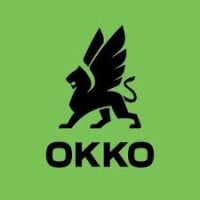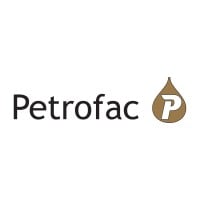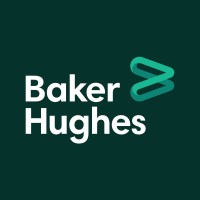Company Cyber Security Posture
NANA
NA Company Details
NA
NA
NA
NA
NA
NA
Scan still pending
NA
NA
Between 200 and 800
This score is AI-generated and less favored by cyber insurers, who prefer the TPRM score.
 NA Global Score
NA Global Score.png)

Company Scoring based on AI Models
| Model Name | Date | Description | Current Score Difference | Score |
|---|---|---|---|---|
| AVERAGE-Industry | 03-12-2025 | This score represents the average cybersecurity rating of companies already scanned within the same industry. It provides a benchmark to compare an individual company's security posture against its industry peers. | N/A | Between 200 and 800 |
Company Cyber Security News & History
| Entity | Type | Severity | Impact | Seen | Url ID | Details | View |
|---|
Company Subsidiaries

NA
Access Data Using Our API

Get company history
.png)
NA Cyber Security News
PetroChina to replace Exxon as lead contractor for Iraq's West Qurna 1 oilfield, oil executive says
Iraq has signed a settlement agreement with U.S. energy giant Exxon Mobil Corp to finalise its exit from the West Qurna 1 oilfield and allow ...

NA Similar Companies

Galnaftogaz
ПАТ «Концерн Галнафтогаз» мережа АЗК «ОККО» – один з лідерів на ринку нафторітейлу в Україні. Ми займаємося торгівлею нафтопродуктами, експертизою якості пального, маємо найбільшу в Україні мережу закладів харчування у дорозі та магазини з широким асортиментом товарів на АЗК. Щодня тисячі українців

Reliance Industries Limited
Our motto “Growth is Life” aptly captures the ever-evolving spirit of Reliance. Our activities span hydrocarbon exploration and production, petroleum refining and marketing, petrochemicals, retail, and telecommunications. In each of these areas, we are committed to innovation-led, exponential growth

Petrofac Training Services
Petrofac Training designs, delivers and assures training and competency solutions, for the oil and gas industry and beyond. We can identify where workforce competence can be enhanced; deliver training and development programmes to fill gaps and address competence assurance requirements on an ongoing

Baker Hughes
Baker Hughes (NASDAQ: BKR) is an energy technology company that provides solutions for energy and industrial customers worldwide. Built on a century of experience and conducting business in over 120 countries, our innovative technologies and services are taking energy forward – making it safer, clea

Eram Holdings
Eram Holdings, since its humble beginning in the 1990s, has experienced significant growth. Today, we have expanded into a business conglomerate operating in 9 business verticals with headquarters in Saudi Arabia, regional offices in India, UAE and with over 150 offices spread across 13 countries in

Cameron, a Schlumberger company
Cameron is a SLB company. For updates and information, please follow the main SLB company page on LinkedIn at: https://www.linkedin.com/company/slbglobal/ Cameron, a SLB company, is a leading provider of flow equipment products, systems and services to worldwide oil, gas and process industries. Lev

Frequently Asked Questions
Explore insights on cybersecurity incidents, risk posture, and Rankiteo's assessments.
NA CyberSecurity History Information
How many cyber incidents has NA faced?
Total Incidents: According to Rankiteo, NA has faced 0 incidents in the past.
What types of cybersecurity incidents have occurred at NA?
Incident Types: The types of cybersecurity incidents that have occurred include .
Additional Questions
What Do We Measure?
















Every week, Rankiteo analyzes billions of signals to give organizations a sharper, faster view of emerging risks. With deeper, more actionable intelligence at their fingertips, security teams can outpace threat actors, respond instantly to Zero-Day attacks, and dramatically shrink their risk exposure window.
These are some of the factors we use to calculate the overall score:
Identify exposed access points, detect misconfigured SSL certificates, and uncover vulnerabilities across the network infrastructure.
Gain visibility into the software components used within an organization to detect vulnerabilities, manage risk, and ensure supply chain security.
Monitor and manage all IT assets and their configurations to ensure accurate, real-time visibility across the company's technology environment.
Leverage real-time insights on active threats, malware campaigns, and emerging vulnerabilities to proactively defend against evolving cyberattacks.




